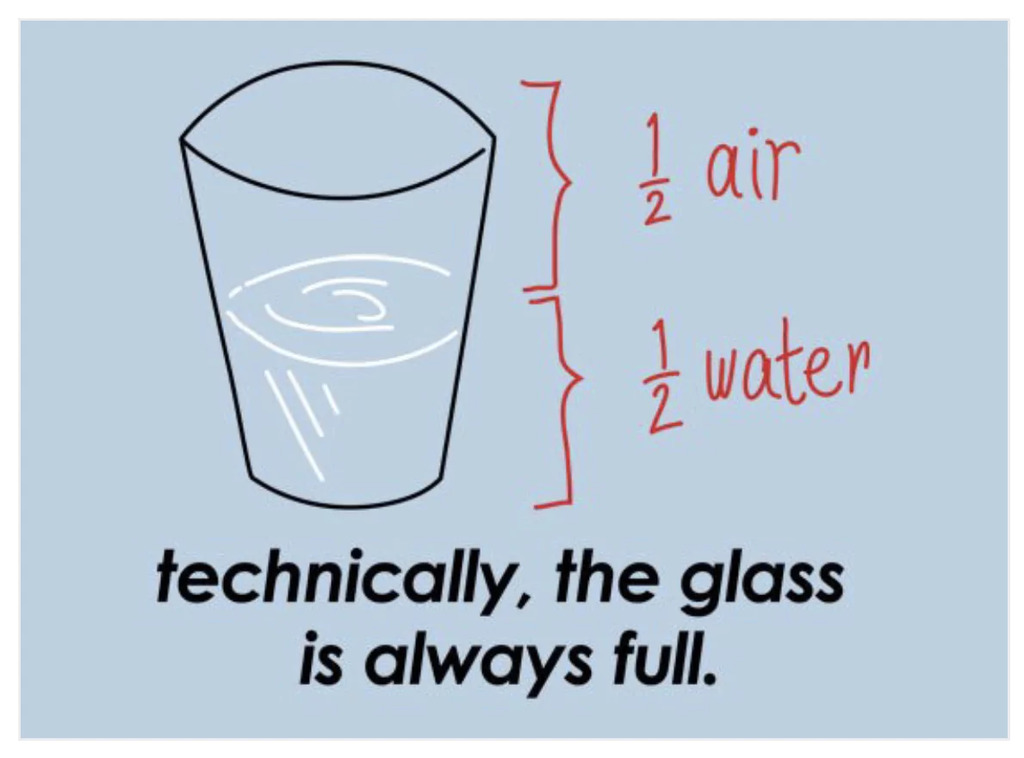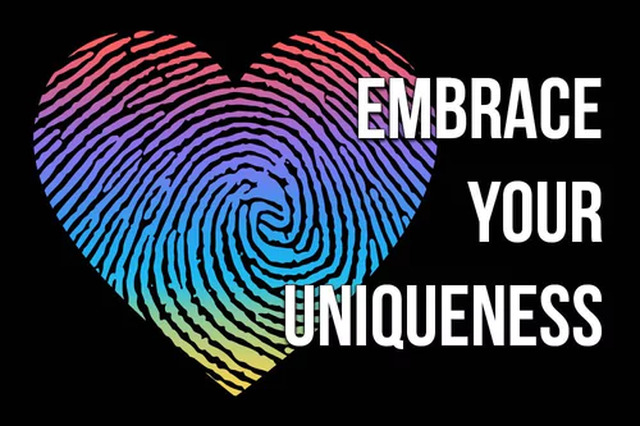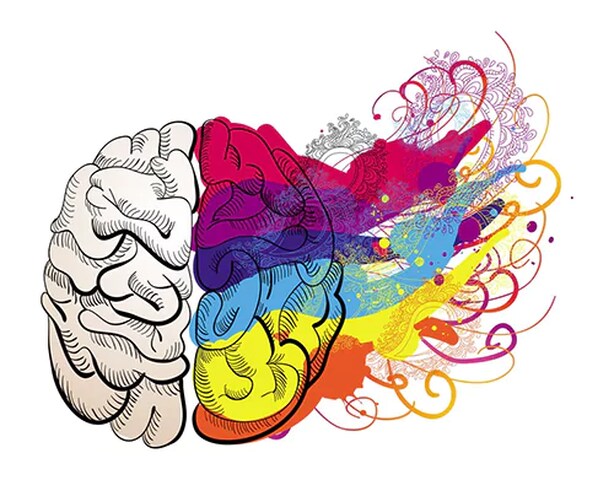By using our website, you agree to the use of cookies as described in our Cookie Policy

From the mindfulness perspective, life exists only in the present. When we learn to be mindful, we can accept the present moment—and our emotional state within that moment—just as it is. For example, if we are happy in the moment, we acknowledge our happiness; if we are sad, we acknowledge our sadness. This form of acknowledgment differs pretty significantly from the cognitive behavioral perspective, which calls for acknowledging our emotional state and then trying to change it. Taking a traditional cognitive behavior position might, for example, include reciting a positive affirmation that has previously made us happy. While this can be an effective strategy at certain times, it shifts us away from mindful awareness. When we are mindful, we take an honest inventory of our present emotional state, acknowledge our feelings in a non-attached way, and accept that we are where we are in the present moment. This may not always mean moving toward happiness; sometimes it means acknowledging pain, acknowledging suffering, and leaning into the difficult emotional experience as a way of passing through it.
You may be wondering why you would want to take a mindfulness approach—which includes sitting with and accepting difficult emotions—when a more traditional, cognitive behavioral approach might allow you to cast out negative feelings and replace them with more pleasant ones. Well, the answer to that is not complicated, though it might be challenging to accept. The truth is that happiness and contentment are not destinations; they are points along our greater journey—a journey that contains all aspects of the human condition. As human beings, we have a miraculous capacity to experience a vast range of emotions, and the quality of those emotions helps determine our general evaluation the world we live in. In other words, when we’re feeling positive emotions, we tend to see the world as a generally good place; when we’re feeling not-so-positive emotions, it’s harder to convince ourselves that we live in a beautiful world. But the truth is, we are not our emotions—nor are we our thoughts.
Our thoughts and our emotions are the natural waves of our inner experience; just as soon as they lap up on the shore, they prepare to recede again. When we learn to be mindful, we learn to recognize the nature of our emotions and our thoughts. We learn to acknowledge and become increasingly aware of our inner experience in the present moment, accepting it without judgment. When we are mindful, the quality of our emotions does not control us; it simply becomes something to be noticed with reverence and curiosity. As you begin to invite yourself into a more mindful approach to understanding your emotions, allow yourself to appreciate the abundance of life that exists in each moment. Recognize the relationship you have formed with your emotions, and see what becomes possible when you let yourself relax into that relationship with awareness, acknowledgment, and acceptance.
‹ Back














